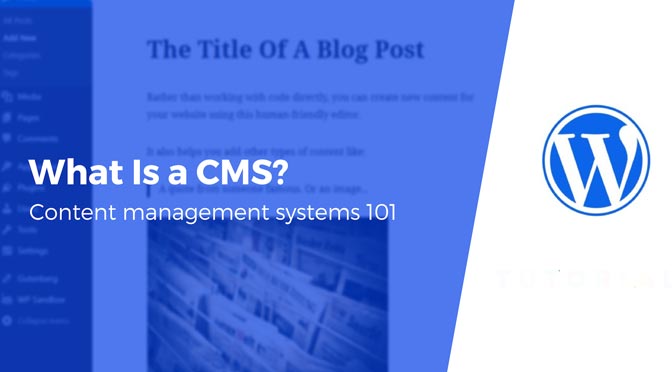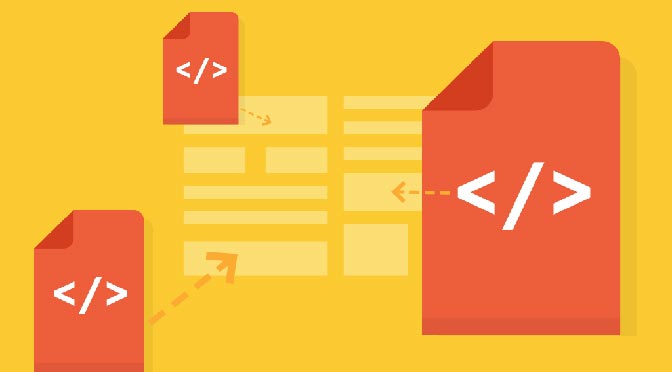Layout and navigation are the key for attracting attention to a website. On a well designed website, individual elements, be it graphics or text, appear to be in harmony with and complimentary to each other. The quality of the layout dependents on the right mix of placing of objects, font size, empty spaces, and background.
Use background colour that enhances the look of the text or graphic on the foreground. Lighter shades are generally preferred and practically found to be useful. Avoid adding colours just to create shock value or add an element of surprise. In addition, the background has to be appropriate keeping in mind the focus of the site. A site dedicated for a medical facility may have white or light blue as the background giving an impression of purity, cleanliness, healing etc., while darker colours may not be suitable.
Placing of the text and the spaces in between may also give different impressions about the website. A website for a media company may display text and graphics in a random manner which may not be appropriate for, say a charitable organisation.
Use font size of 11 or 12 and a pleasant font type – I like Georgia, and avoid Arial type fonts.
Avoid the use of video clips and graphics that take an eternity to load and play. Be sure to add an option tab to skip the video or flash graphics if it is the first thing anyone encounters while entering your website. People would not want to go all over the show every time they visit the site. Do not use animations in the background that run without end, as they may prove to be a distraction in reading the text in the foreground.
Another important feature of a website is the navigation system. A good navigation system can be somewhat compared to finding one’s way using a map. If the clues and directions are foolproof the going gets easier, and more importantly, interesting. Keeping the user interested is the purpose of a good navigation tool. Imagine you have a site dedicated to provide information about all the ways and means for people to travel to exotic places and tips to find cheaper means of transport and low-cost lodging. A well-designed navigation tool will make it easier to gather information, as well as explore deeper and wider, for the possibilities of adding various places on to the tour itinerary. A link attached with each location name could lead the user to a page dedicated to photographs or video clips of each location.
A good navigation tool helps in moving from one page to another with minimum effort. It is generally advised that the navigation system be planned and finalised well before the website is developed. Many a times it so happens that a user does not find specific information on a site, in spite of it being shown consistently when a Google search is made using the keyword.
The importance of navigation can be well appreciated when accessing data from websites of popular organizations. Adding a navigation chart that can be accessed from the home page is advisable. A user may find it easier to find his way using the chart rather than exploring all options available.


